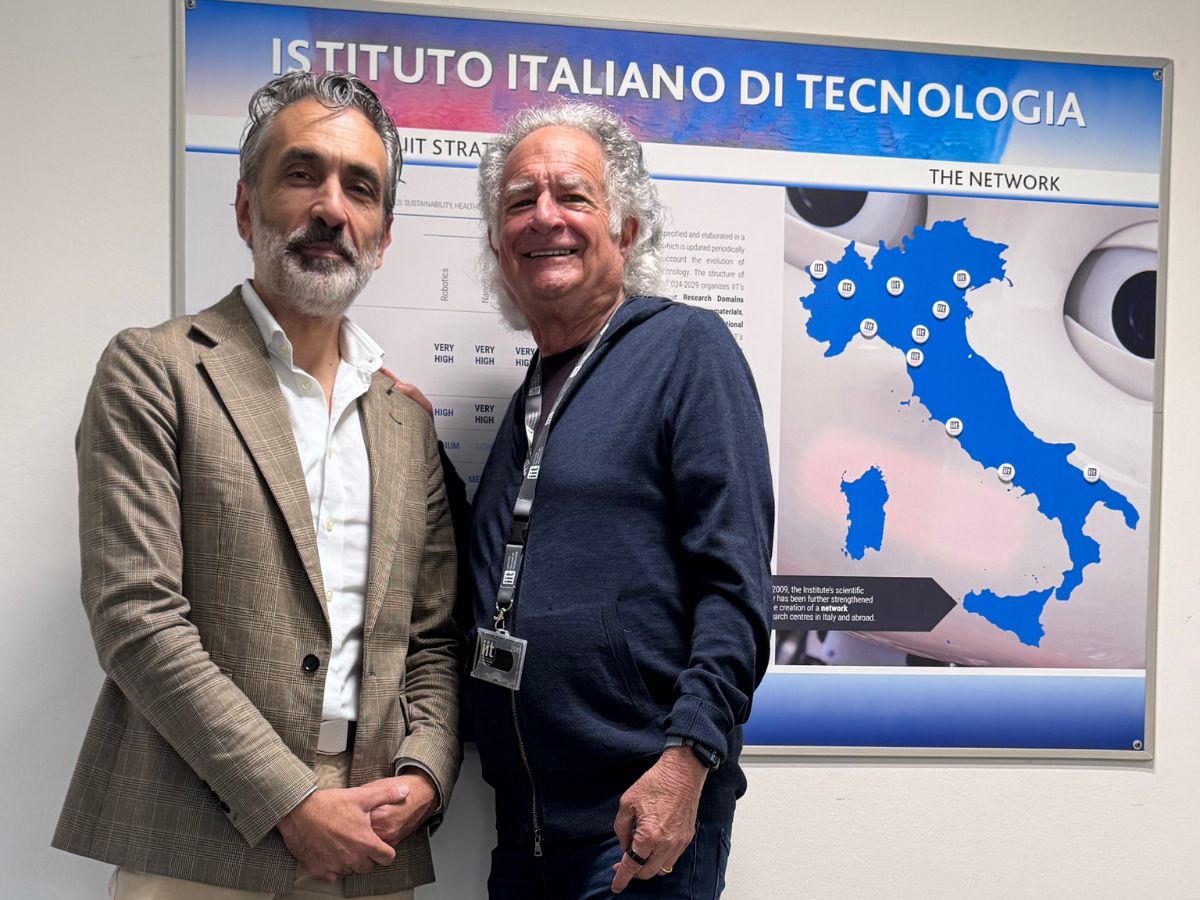How can the complexity of an entire human body emerge from one single cell?
And, which phenomena guide the extraordinary process of an embryo’s self-organisation? Does a rigorously preordained plan exist? Or is a certain level of flexibility possible?
“The Dance of Life” is a journey on the discovery of the early stages of embryonic life. It is an account of the scientific investigations and findings narrated in the first person by Magdalena Zernicka-Goetz, an eminent scholar of Developmental Biology at Cambridge University, with the support of Roger Highfield, a prominent scientific journalist and scientific director of the Science Museum Group in London.
As the author clarifies, the book focuses on the dawn of life, when the ovum, just fertilised, begins to divide itself generating an extraordinary progeny of cells which, in their turn, break down, changing their shape and migrate toward new destinations, weaving together a close dialogue of messages among themselves. How are all these cells able to coordinate their actions to the point where they generate a human body, an extraordinarily complex and sentient being?
In analogy with the cosmos, Magdalena Zernicka-Goetz reminds us that our lives are modelled from symmetry and its violation. Symmetry-breaking is essential to model a good part of the crucial stages of embryonic development. It is the symmetry breakages that draw origins from asymmetries that occur on a molecular scale. This is complex phenomena, where random events and preferential paths continually meet or alternate in what the author calls the “dance of life”, conferring to the development of the embryo that “plasticity” that has always been at the centre of her interests and her scientific investigations.
“The Dance of Life” is certainly one of the best informative books on embryology available today on the publishing scene. One of a kind, the book is striking for the quality of the narrative cuts- sometimes intimate – and the inspired idea of showing the very close relationship between the personal stories of the author and the insights of her scientific investigation. A display which enabled the two authors to brilliantly transform the story of the development of a complex research area, such as developmental biology, into a flowing autobiographical essay which is at the same time rigorous, exciting and rich in humanity.
A storyline where events, as in the “dance of life”, appear to be influenced by changing circumstances yet oriented by a guiding thread: Magdalena Zernicka-Goetz’s aspiration towards creativity and science. An inseparable intertwining between causality and internal predispositions that subtly flow along the author’s entire life and shines through in the most touching moments, starting from the experience of a pregnancy full of uncertainties to which she dedicates the most intense pages of the book.
Due to this quality and narrative coherence, “The Dance of Life” is a work that goes beyond the common intentions of an informative essay, offering a portrait, contemporary and rich in humanity, of those who have chosen to inspire their life through science.
___
Title: The Dance of Life: Symmetry, Cells and How We Become Human
Authors: Magdalena Zernicka-Goetz, Roger Highfield
Editor: Ebury Publishing
Year of publication: 2019





